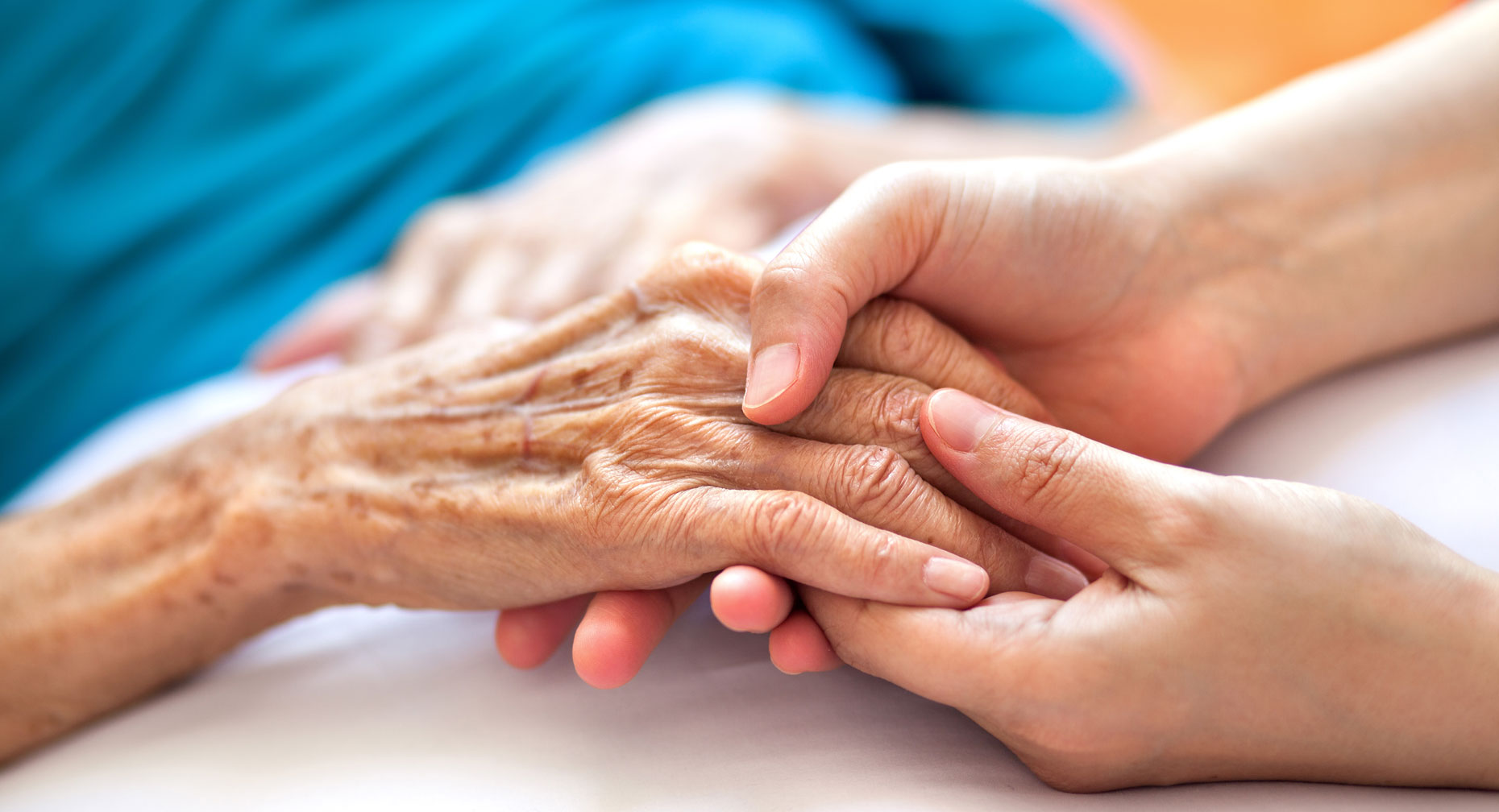Connecting the Dots: PTSD and Stroke

Find Your Perfect Match
Answer a few questions and we'll provide you with a list of primary care providers that best fit your needs.
At first, these two medical conditions don’t seem related, do they?
- Post-Traumatic Stress Disorder (PTSD) is an anxiety disorder caused by frightening memories of a terrible event, such as a bad accident, military combat, fire or natural disaster. People with PTSD feel anxious and hyper-alert, like their life is somehow wrong and out of control. PTSD is twice as common in women than in men, and women with PTSD are more likely to have severe and persistent symptoms.
- A stroke, also known as a “brain attack,” occurs when blood flow to an area of the brain is cut off. Brain cells are deprived of oxygen and begin to die. Abilities controlled by that area of the brain, such as memory and muscle control, can be lost.
But these two conditions — one mental, one physical — are connected in two different and important ways.
PTSD Raises the Odds for Stroke
Studies are linking PTSD with an increased chance for a stroke.
For instance, in one study, women with elevated symptoms of PTSD had 60 percent higher rates of heart attack or stroke compared with women who never experienced trauma.
The reason? One explanation is that people with PTSD may have blood vessels that don't expand normally. If vessels don't widen as they should, the risk of heart attack and stroke goes up, researchers have noted.
The connection is still being studied, but it seems PTSD — a mental condition— can have long-term repercussions for physical health.
PTSD After a Stroke
For most women, a stroke is a traumatic physical and emotional event. It often takes time for a stroke survivor to adapt to all the changes she’s experiencing. Feeling anxious, afraid and depressed are common experiences, especially in the first year following a stroke.
It seems PTSD — a mental condition— can have long-term repercussions for physical health.
But for some people, these feelings rise to a level of being PTSD. One in four people who survive a stroke or transient ischemic attack (TIA) suffer from symptoms of PTSD within the first year after the stroke. One in nine experiences chronic PTSD more than a year later.
Reach Out
There are good treatments for PTSD. If you or a loved one is showing signs of PTSD, let your doctor or health care provider know. Medications, counseling and other forms of support can make a difference.
Find Your Perfect Match
Answer a few questions and we'll provide you with a list of primary care providers that best fit your needs.
Source: Harvard School of Public Health; Columbia University Medical Center; National Stroke Association; NIH; American Heart Association



.tmb-card-head.webp?sfvrsn=680c0961_8)
